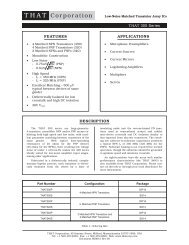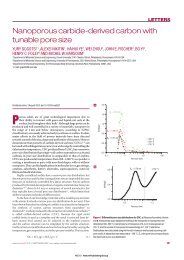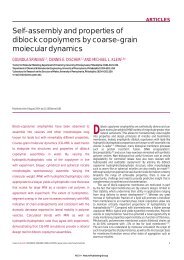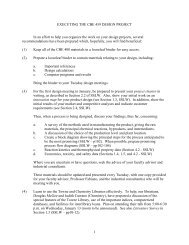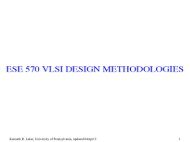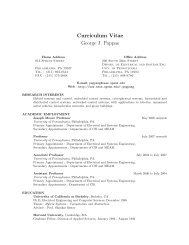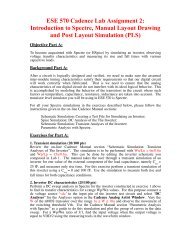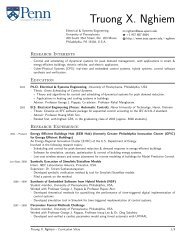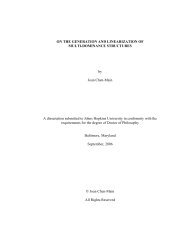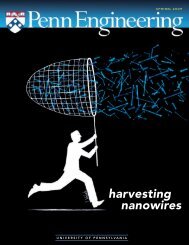14.4. Normal Curvature and the Second Fun- damental Form
14.4. Normal Curvature and the Second Fun- damental Form
14.4. Normal Curvature and the Second Fun- damental Form
You also want an ePaper? Increase the reach of your titles
YUMPU automatically turns print PDFs into web optimized ePapers that Google loves.
Looking at <strong>the</strong> formulae<br />
[α β; γ] = X αβ · X γ<br />
for <strong>the</strong> Christoffel symbols [α β; γ], it does not seem that <strong>the</strong>se<br />
symbols only depend on <strong>the</strong> first fun<strong>damental</strong> form, but in fact<br />
<strong>the</strong>y do!<br />
After some calculations, we have <strong>the</strong> following formulae showing<br />
that <strong>the</strong> Christoffel symbols only depend on <strong>the</strong> first fun<strong>damental</strong><br />
form:<br />
[1 1; 1] = 1 2 E u, [1 1; 2] = F u − 1 2 E v,<br />
[1 2; 1] = 1 2 E v, [1 2; 2] = 1 2 G u,<br />
[2 1; 1] = 1 2 E v, [2 1; 2] = 1 2 G u,<br />
[2 2; 1] = F v − 1 2 G u, [2 2; 2] = 1 2 G v.<br />
<strong>Normal</strong> <strong>Curvature</strong> . . .<br />
Geodesic <strong>Curvature</strong> . . .<br />
Home Page<br />
Title Page<br />
◭◭ ◮◮<br />
◭<br />
◮<br />
Page 709 of 711<br />
Go Back<br />
Full Screen<br />
Close<br />
Quit



